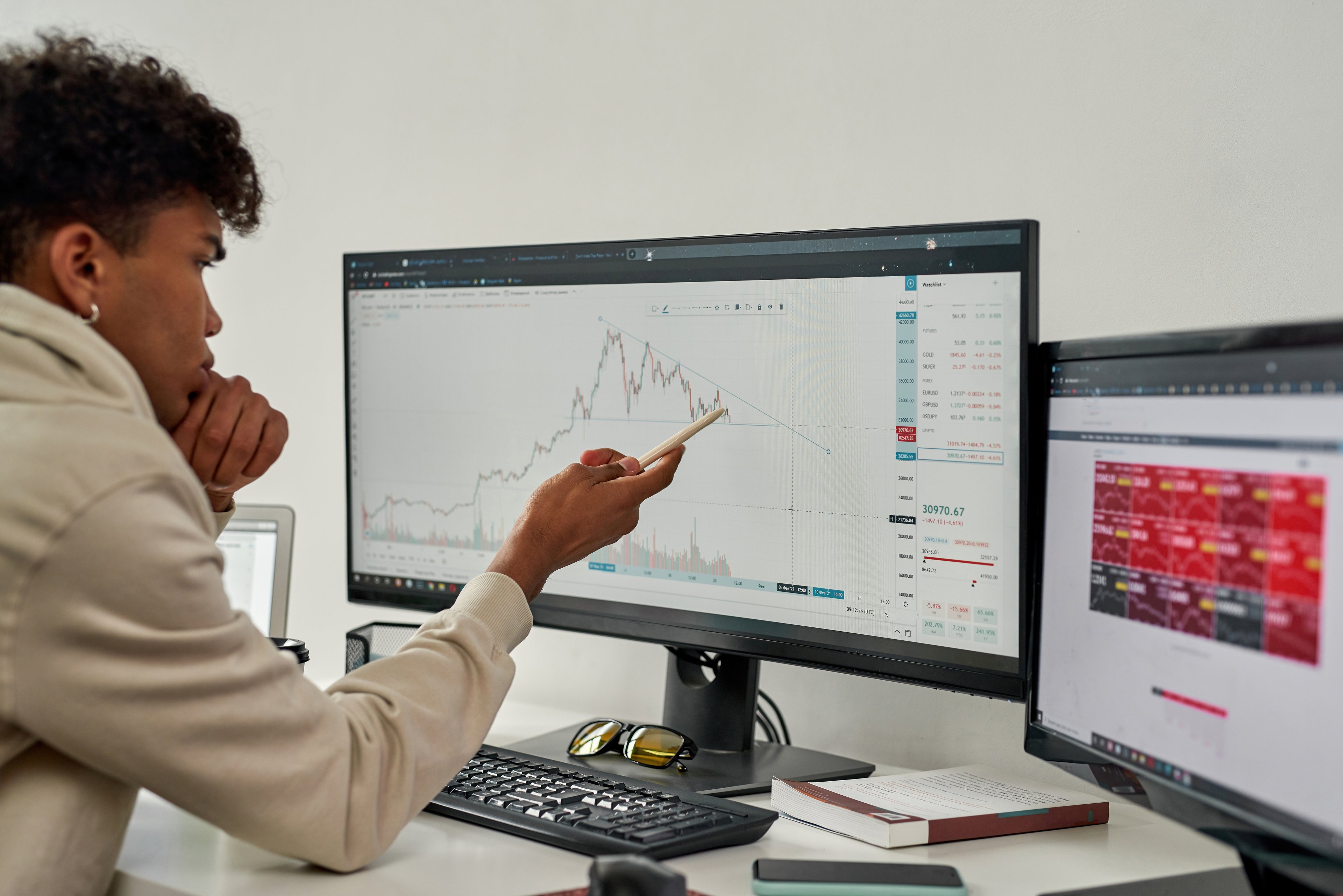Warren Buffett will retire as CEO of Berkshire Hathaway (BRK.A +0.09%) (BRK.B +0.15%) at the end of 2025 and leave Greg Abel in charge. The $1 trillion conglomerate constructed by Buffett over the last 60 years operates a diverse array of wholly owned subsidiaries, and also owns a stock portfolio worth about $314 billion as of this writing.
But just because Buffett's tenure as the head of Berkshire is coming to an end in a couple of months doesn't mean the Oracle of Omaha has stopped making moves to position its portfolio as he sees fit. Among his moves over the past couple of years, he and his team have directed Berkshire to sell huge portions of its stakes in Apple (AAPL +0.53%) and Bank of America (BAC +0.50%). Most of the funds from those sales have gone into a single high-yield investment that could set up Berkshire's next CEO for success.

Image source: The Motley Fool.
Cutting some of Berkshire's biggest winners
Apple may be Buffett's most profitable trade ever on an absolute basis. He first purchased shares of the iPhone maker in 2016, when the stock traded for around $25 on a split-adjusted basis. Over the years, he added more shares, and thanks to its impressive gains, at one point, Apple stock accounted for over 50% of the value of Berkshire's equity portfolio.
But Buffett has reduced his stake in the company by nearly 70% since late 2023, according to Berkshire's most recent 13F filing with the Securities and Exchange Commission. While it remains Berkshire's biggest position by far, Buffett hasn't been afraid to book a large portion of gains on that massive winner.
There's a clear reason why Buffett sold so much of his Apple stake. Its valuation has climbed considerably since his initial investment. The stock now trades at a forward P/E ratio above 33. That's quite expensive for a company that analysts expect to grow earnings per share by 9% next year. For reference, Apple traded at a price-to-earnings ratio closer to 10 when Buffett made his initial foray into the stock.

NASDAQ: AAPL
Key Data Points
A similar story is playing out with Bank of America. Buffett initially invested in the bank in 2011 by buying $5 billion worth of preferred shares that paid a 6% dividend. Those preferred shares came with warrants giving him the ability to convert them into 700 million shares of the common stock, which Buffett exercised in 2017 when the common stock dividend exceeded what he was receiving from the preferred shares. While he added to the position through 2020, he has been selling the stock every quarter since mid-2024. Berkshire now holds less than 60% of its peak stake in the financial institution.
Bank of America's valuation has increased amid the Federal Reserve's current interest rate easing cycle. The bank holds more long-duration bonds on its balance sheet relative to its peers, which means it missed out on a lot of potential returns during the period when interest rates climbed. But as rates come down, it's well positioned to grow net interest income. But the stock now trades at 1.8-times tangible book value, a valuation it hasn't seen since 2022 and well above its 10-year average of around 1.5.

NYSE: BAC
Key Data Points
The $320 billion investment on Berkshire's balance sheet
While Apple and Bank of America represent two of the biggest instances of Buffett taking some gains out of Berkshire's portfolio, they're not the only ones. In fact, over the last 12 quarters, Berkshire's stock sales have outpaced its stock purchases by more than $183 billion. The bulk of that excess cash has gone into a single investment holding.
As of the end of the third quarter, Berkshire Hathaway held $320.5 billion in U.S. Treasury bills. That number has been growing quarter after quarter, and is up from $310.6 billion at the end of the second quarter. The interest rate available on those T-bills remains relatively high, with yields exceeding 3.8% on current short-term issues.
Buffett prefers to keep Berkshire's excess cash in short-term government bonds. While longer-dated bonds typically provide higher yields, their values are more susceptible to changes in interest rates. "We continue to believe that maintaining ample liquidity is paramount and we insist on safety over yield with respect to short-term investments," Buffett writes in every quarterly report.

NYSE: BRK.B
Key Data Points
To be sure, all things being equal, Buffett still prefers equities over Treasuries. Unfortunately, the potential yield from stocks doesn't look that much better than the yield on T-bills right now, and it comes with significantly more risk. That's especially true when you limit your view to companies that Berkshire could buy enough of to make a dent in its growing pile of cash and Treasuries.
One way to compare the potential return of stocks to interest-bearing securities is the earnings yield, which is the earnings a company produces divided by its price. The S&P 500 currently trades at an earnings yield of about 4.4% based on forward estimates. The biggest stocks in the index trade for even higher valuations (lower earnings yields).
Buffett did put $9.7 billion worth of cash to work this quarter, buying Occidental Petroleum's OxyChem subsidiary. It looks like Buffett and Abel negotiated an excellent price on the assets while also keeping Berkshire's preferred shares of Occidental. But deals like that are few and far between. Unfortunately, Berkshire would need to find about 34 more of them if it wants to fully deploy its existing cash stockpile. In the meantime, its operations continue to generate more money to be added to that hoard every quarter.
The good news is that this gives incoming CEO Greg Abel a ton of dry powder to work with. If there's a deal out there that he can put together, he certainly has the capital to get it done.







